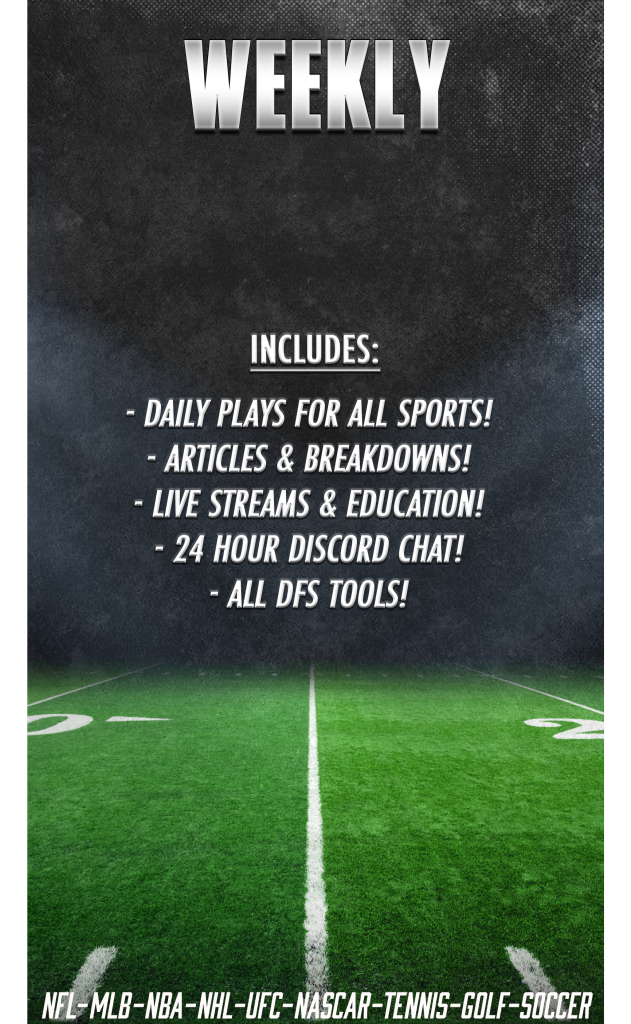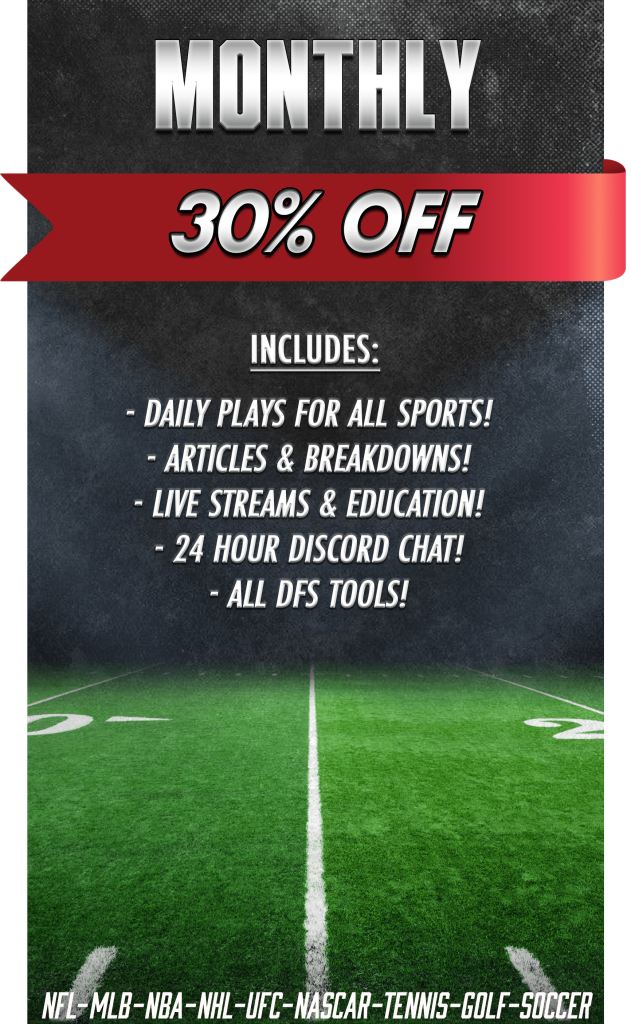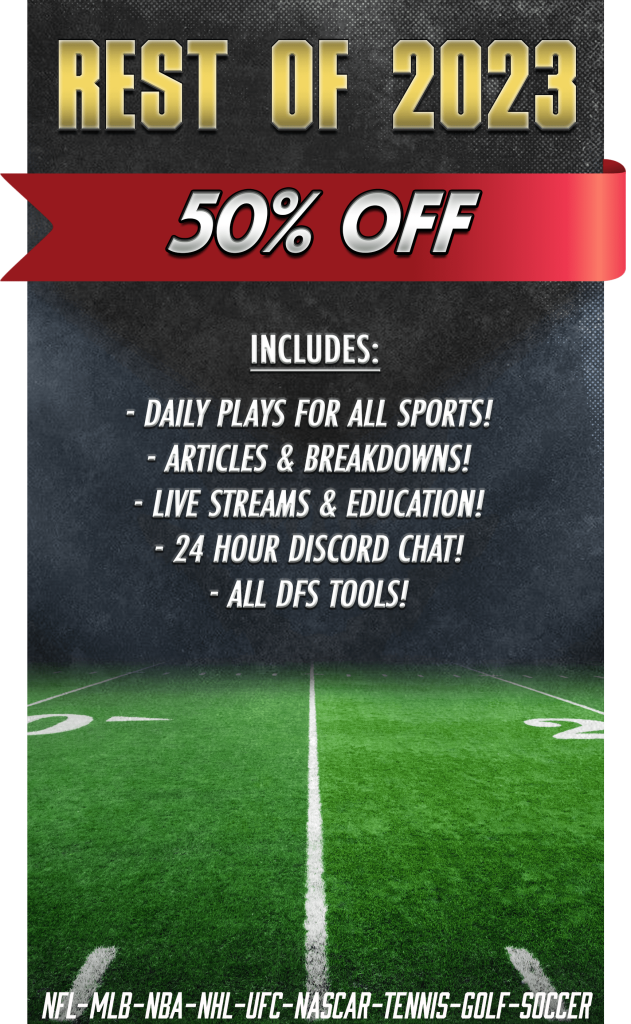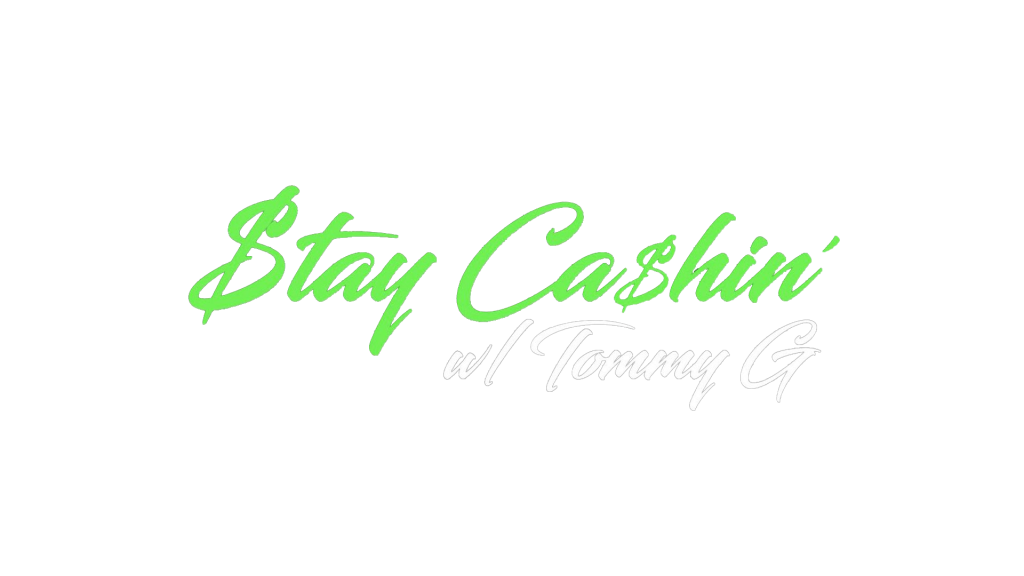Introduction to Hockey:
Time:
- Regulation Time:
- Hockey is broken down into THREE (3) Twenty (20) minute periods.
- Intermission:
- Intermission is twenty minutes between periods.
- Overtime:
- If the score is tied at the end of the three twenty minute periods during the REGULAR SEASON, there will be a sudden death 5 minute overtime. Overtime in the regular season is 3 on 3.
- If the score is tied at the end of the three twenty minute periods during the PLAYOFFS, there will be a sudden death 20 minute overtime period. Overtime periods will continue until someone scores. Overtime in the playoffs is 5 on 5.
Ice Layout:
- Center Ice Faceoff Circle:
- The game and each period begin with the puck being dropped at the center Ice faceoff logo. The center ice faceoff has the home team’s logo in it.
- Offensive ZoneDefensive Zone Faceoff Circles:
- Where faceoffs after stoppages within the zones occur.
- Neutral Zone Faceoff Dots:
- Where faceoffs take place in the neutral zone. These happen from neutral zone stoppages, offsides stoppages, penalty stoppages, etc.
- Blue Line:
- The border for each team’s offensive or defensive zone. This line is used to determine if a play is on-side or offsides.
- Red Line:
- The line in the center of the ice used to determine icing.
- Neutral Zone:
- The area between both blue lines in the middle of the ice. This area is not considered offensive or defensive.
- End Line/Goal Line:
- The red lines at the end of each ice to determine goals or icing. Over the red line within the net is considered a goal.
- Trapezoid:
- The only area behind the net that the goaltender is allowed to handle the puck.
- Crease:
- The blue area in front of the goal that is rightfully the goalies.
Lineups:
- NHL teams dress a 20 man lineup.
- A typical lineup is 12 forwards, 6 defensemen, and 2 goalies.
- A starting lineup consists of 5 skaters and 1 goaltender.
Referees:
- There are four officials on the ice at once
- Two Referees:
- The head referees are the ones wearing orange armbands.
- Responsible for overseeing the game and making penalty calls.
- Drops the puck on opening faceoffs and faceoffs after each goal scored.
- Two Linesman:
- Responsible for red line or blue line infractions such as offsides and icing.
- Can report major penalties only.
- Two Referees:
Rules:
- Icing: When a player sends the puck from behind his side of the red line down and over the opposing end line untouched. Icing can be waived off if it is deemed by the referees that a defensive player could have played the puck before it goes over the end line or a player of the team who sent the puck over the line gets to the end line first.
- Offsides: If a player fully enters the offensive zone before the puck completely crosses the blue line then the play is deemed offsides. A delayed offsides is when a player is in the opposing zone before the puck enters but the puck has not been played. The referee can allow a team to “touch up” (leave the zone fully and then come back in) before blowing the play dead.
- Hand Pass: If the puck is touched by a player’s hand outside of their own defensive zone, they must be the next person on the team to play the puck. If a teammate plays the puck off of a teammate’s hand outside of the defensive zone the play is blown dead for a hand pass.
- Out of Play: Any puck that touches the netting, goes over the glass, or touches something not within the playing area is blown dead for being out of play.
- High Sticks: A puck played by a stick above a players shoulder cannot be played by their team next. Any goal scored by a puck touched by a stick above the shoulder can be reviewed and determined to be no goal.
- Kicking: A player cannot score by kicking the puck into the net. A player can use his skate to redirect a puck into the net but any distinct kicking motion is considered to be illegal.
Penalties:
- Minor Penalties: Result in a player going to the penalty box for 2 minutes. If the opposing team scores within those two minutes the player comes out of the penalty box early.
- Boarding: Forcefully checking a player into the boards in a vulnerable position.
- *can be issued as a major penalty
- Butt-ending- Using the end knob of your stick to jab an opponent. This can result in a major penalty or game misconduct.
- Charging: Going out of your way to skate across the ice to gain speed to hit an opponent.
- *can be issued as a major penalty
- Clipping- When a player hits an opposing player below the knees. This incurs a penalty and can be leveled as a five minute game misconduct.
- Cross Checking: Holding the shaft of your stick across both hands and forcefully checking someone with it.
- Diving: When a player embellishes a penalty committed by another player.
- Delay of Game: When a player tries to deliberately stall a play or puts the puck over the glass untouched in their own zone.
- Elbowing: Using your elbow to hit an opponent.
- *can be issued as a major penalty
- Goaltender Interference: When a player interferes with the goaltender’s abilities within the blue ice area known as the crease.
- High-Sticking: Any contact between a player’s stick and the opponent’s body above the shoulders.
- Holding: Using your arms to restrain an opponent and stop their motion.
- Holding the Stick- When a player grabs and holds onto an opponent’s stick affecting their ability to use it.
- Hooking: Using your stick to restrain an opponent’s motion, whether it’s their body or their hands and stick.
- Interference- Affecting a player who is not in control of the puck prevents them from engaging in the play.
- Roughing: Excessive force used against an opponent but not severe enough to be considered fighting.
- Slashing: Using your stick to chop at a player’s body.
- Too Many Men on the Ice: When a team has more than the allowed number of players on the ice.
- Tripping: Causing your opponent to trip and fall.
- Boarding: Forcefully checking a player into the boards in a vulnerable position.
- 4 Minute Double Minor Penalties: Result in a player going to the penalty box for 4 minutes. If the opposing team scores within the first two minutes, the second two minutes begins immediately.
- High Sticking: When a player who was highsticked suffers an injury or blood is drawn from the contact.
- 5 Minute Major Penalties: Result in players serving the full 5 minutes penalty. No time comes off the time for goals scored by the opposing team. Players can be ejected for 5 minute penalties.
- Spearing: Using your stick to spear or stab an opponent.
- Check From Behind: Hitting a player from behind who is in a dangerous and vulnerable position into the boards.
- Check to the Head: A check or hit that has a contact point of the opponent’s head.
- Fighting: When players drop their gloves and engage in a fight on the ice.
- Head-Butting- Using your head to deliberately hit an opponent
- Kicking- Using your leg and skate to distinctly kick the puck or an opposing player. If a goal results from a kicked puck, the goal will be disallowed. If a player kicks an opponent, they will receive a major penalty.
- Kneeing- Using your knee as the main point of contact on an opposing player. This results in a penalty.
- Misconducts:
- Ten Minute Misconduct: Penalties given for unsportsmanlike conduct. These penalties do not effect on ice manpower.
- Penalty Kill:
- When a team has less players on the ice than their opponent due to a penalty or penalties.
- A team cannot have less than three (3) players on the ice at once. If a team takes more than 3 penalties within a two minute time frame, the third penalty does not begin until the first penalty is over.
- Power Play:
- When a team has more players on the ice than their opponent due to a penalty or penalties.
- If a team scores a goal while on the power play then the two minute penalty expires.
Scoring:
- A goal is scored when the puck completely crosses the goal line.
- A goal is worth 1 point
- An assist is worth 1 point
- Primary Assist: Given to the last player to pass the puck to the player who scored the goal.
- Secondary Assist: a secondary assist is given to the player who passed the puck to the primary assistant (two passes before the scoring goal).
Check out all the other 4deep.com Education articles
Post Views: 789




